Here's one last post about the Fairbanks Museum. My mom shot some photographs of exhibits I didn't, or my photos came out poorly, so we return to the first floor one more time.
Ah, the bears. The first things you see when you walk into the museum are the bears. They stand front and center, without any glass to separate you from them to make it even more up-close and personal. There is an alarm set to go off if you touch them, though, plus a bunch of signs that urge you to not touch the bears.
Kodiak and polar bears are the largest land carnivores on the planet, and other species of bear are no slouches either. They're all here, and have undoubtedly been at the forefront of many a family photo. I suspect they're amongst the most-photographed attractions in the museum.
The polar bear is one of the most famous and iconic animals, and is probably the first animal you think of when you think "Arctic". If you also think of "Antarctic", take note - polar bears only live at the North Pole, not the South Pole. Meanwhile, penguins only live at the South Pole. Therefore, if you see penguins and polar bears together in a cartoon or something, the creator either didn't do their homework or didn't care about being accurate when making cartoons (a perfectly reasonable attitude if you're not trying to teach the kids).
Speaking of penguins, look what else Mr. Fairbanks collected. This penguin wasn't labeled for whatever reason, and birds aren't my strongest area of animal knowledge so I don't know what species this is.
I idly wondered if perhaps the Fairbanks museum had any extinct animals on display. Perhaps it does - the sheer number of birds makes it downright likely one or two of the species has dwindled away in the last 120 years. However, the two I looked for were more famous examples - the dodo and the passenger pigeon - and I didn't find either. I later looked up dodos and discovered my error - the dodo went extinct in the 1600s, well over a hundred years before Mr. Fairbanks was even born, meaning he could never have gotten one for his collection.
The passenger pigeon, however, was still alive when the museum opened - it went extinct in the 1920s. I imagine if Fairbanks had such a bird, though, it would feature a good-sized plaque to tell the sad story of this species, and how humans somehow managed to make the most common bird in the world extinct.
Fairbanks does have one bird that almost went extinct - the California Condor, a bird that until recently was close to total extinction with only 22 left in the world. Since then, a breeding program has increased their numbers to just under 400.
While we're on the subject of birds, my mom shot this picture of some sort of vulture or condor that I managed to miss entirely thanks to not looking up.
...Actually, this might be a California Condor. I think I somehow managed to see the plaque and miss the animal. That or Fairbanks has two of them, because I'm pretty sure I saw some sort of vulture behind glass. Oh well.
The first floor is dominated by animal specimens, but it's not exclusively their domain: there are a couple of other things to see here. This music box is one example - built in the late 19th century, it was sort of like a record player, but with just one record that played a wide variety of songs depending on where the needle is placed.
Mom loved this dollhouse. It was designed after the builder's dream house. He worked from the inside out and crafted intricate rooms with furniture, decorations, and little people to populate it.
As if that wasn't cool enough, in this house it's always Christmas.
The Fairbanks Museum flamingos are white instead of pink. This is because flamingos get their color from the krill they eat. If fed something else, they will lose their pink color. It also fades after death, as these 120-year-old birds prove.
I've shared a lot of Fairbanks Museum in these four blog posts, but I still think it's worth your time to visit if you've never been. Not only is there plenty of stuff I didn't include, but actually visiting in person is a different experience from looking at pictures online. Plus, admission is reasonable.
By the way, Fairbanks Museum, like any attraction worth its salt, has a gift shop. There were a lot of comically overpriced things in there - one of the worst being little rubber bugs being sold for a dollar each when I can buy a bag of eight of those same bugs at the Dollar Tree for the same price - but I found something that wasn't too ridiculously marked up, was fitting to the museum, and was even practical. The thing I found was a 4-dollar pencil sharpener shaped like a potbelly stove, and although Fairbanks doesn't feature any stoves it's still evocative of the many antiques the second floor showcases. I took it home and immediately sharpened all my pencils. Definitely a good choice for souvenir.
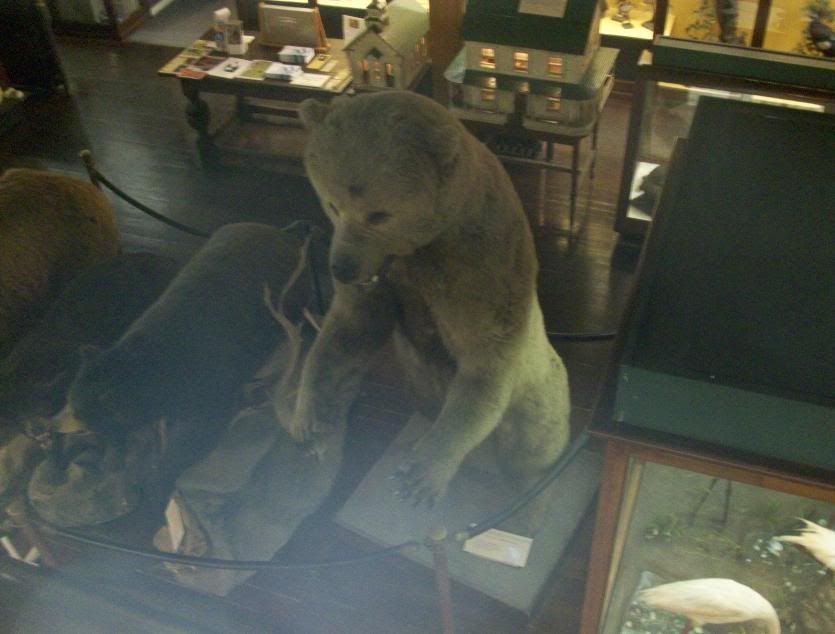
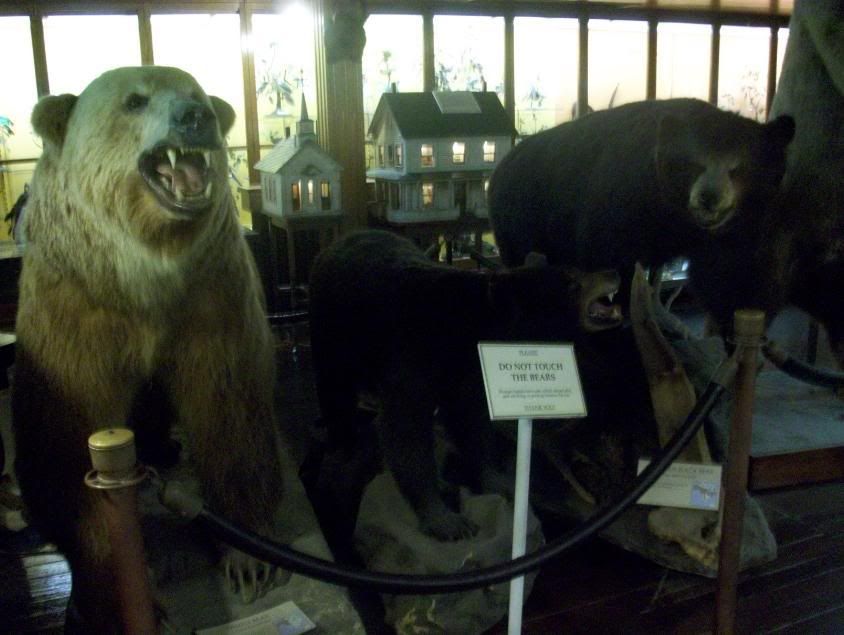

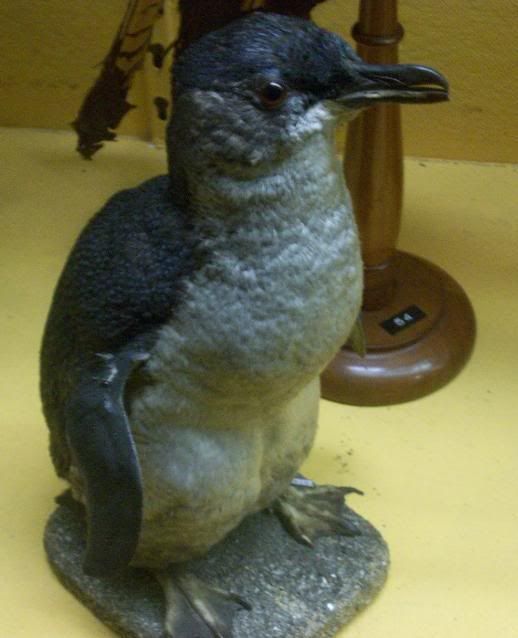


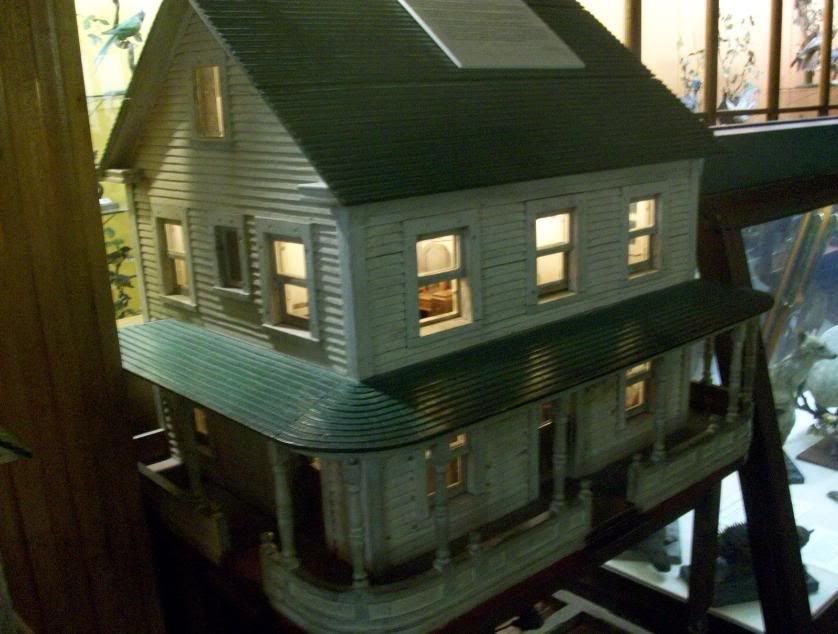
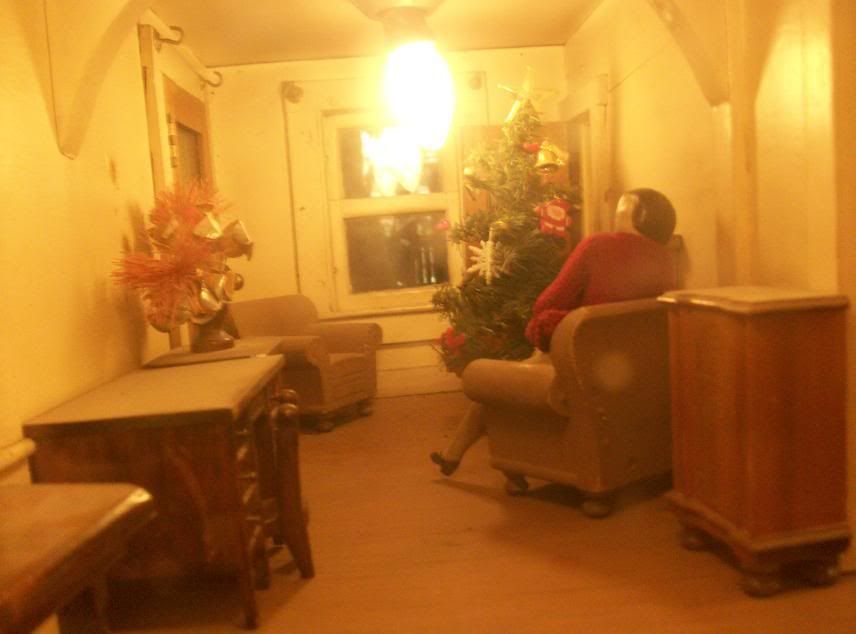
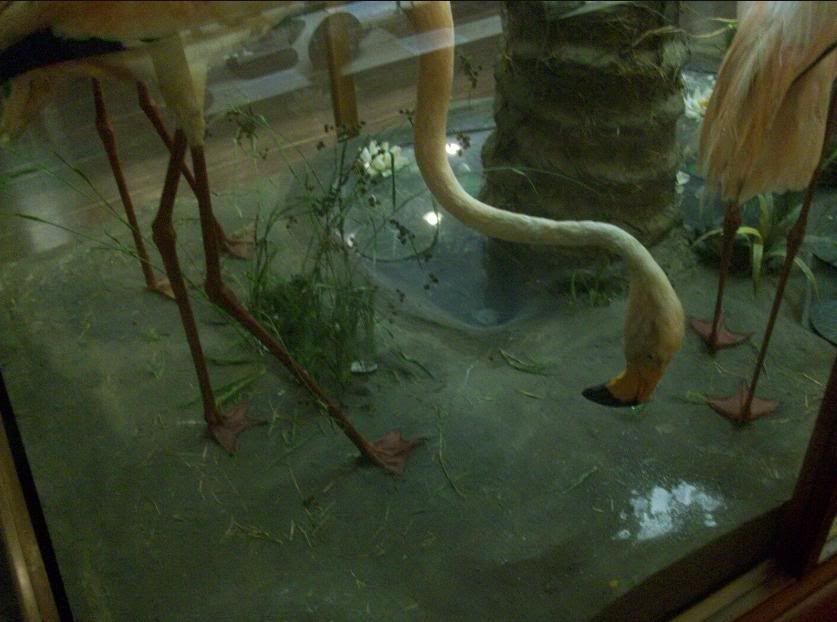
No comments:
Post a Comment